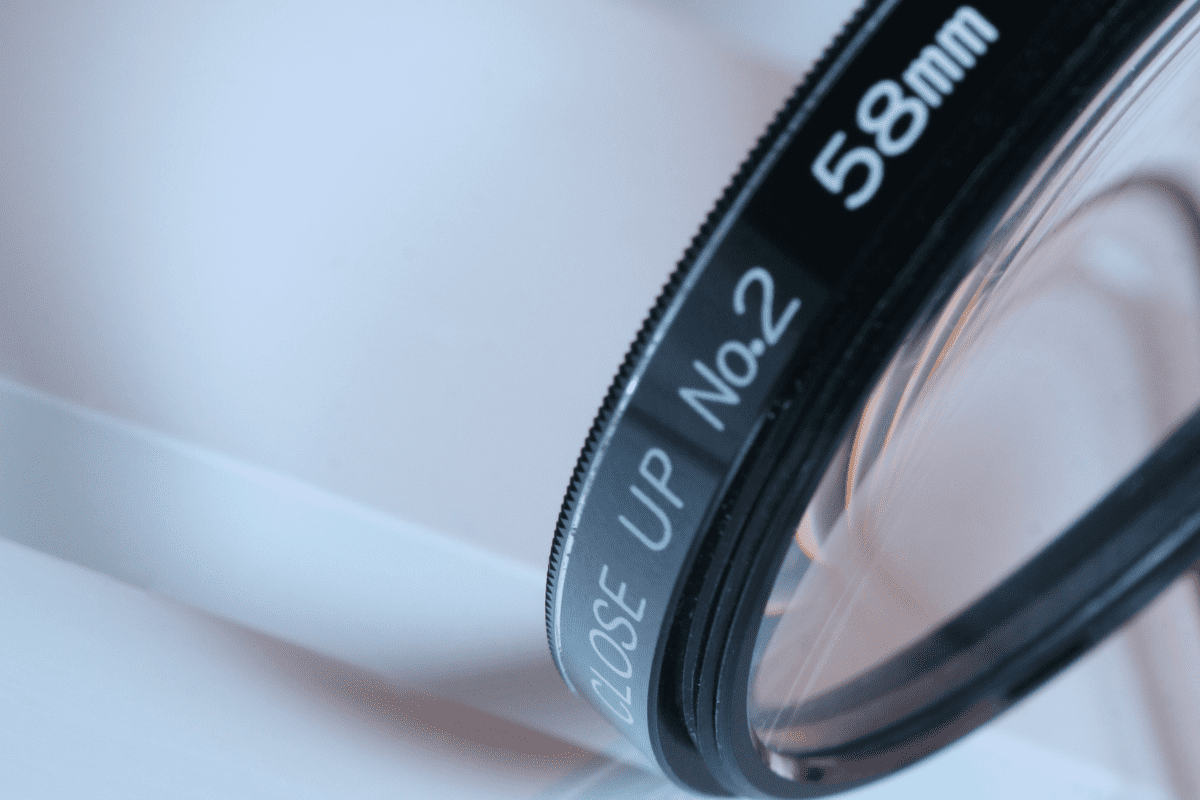Magnification is used to enhance an object’s size so that it can be viewed with the human eye to assess it for a number of reasons. This could be for scientific research, geographical investigation, or purely from a visual perspective. We often get asked what the easiest way to calculate total magnification is. This article will tell you just that.
In order to calculate the total magnification of your microscopic lens, you will need to know the magnification figure of the ocular, and the objective lens within your equipment.

The process of calculating total magnification of the piece can then be calculated by multiplying these two figures together.
In this article, we will look at how magnification works and how you can calculate the total magnification figure of your equipment.
Contents
Basic Microscope Design
A microscope is used to magnify objects. Magnification is achieved by placing an object near the end of the tube. The tube is then rotated until the desired magnification is reached. The most common type of microscope is the compound microscope.
It consists of several lenses placed inside a tube. The tube rotates to allow the user to adjust the magnification. There are also hand-held microscopes.
These are smaller versions of the compound microscope. They have no moving parts and are held in one hand while the other adjusts the magnification.
Standard microscopes combine two lenses to work: the objective and the ocular lens. The definitions of these are:
Objective Lens
An objective lens is located at the front of the tube. It is made up of many tiny glass lenses which focus light onto the sample.
When the tube is turned on its axis, the light passes through each individual lens before hitting the sample. The sample is placed near the end of the objective lens where it is focused.
Ocular Lens
The ocular lens is located at the back of the tube. It has a single large lens that focuses the image of the sample into the observer’s eyes. It is more commonly known as the eyepiece.
Finding Lens Magnification
Magnification is defined as the ratio between the actual size of an object and the apparent size of the same object when seen through the microscope.
To find the magnification of the objective lens, divide the distance between the objective lens and the sample (the focal length) by the diameter of the objective lens. For example, if the focal length is 50mm and the diameter of the objective is 25mm, the magnification value would be 2.0x.
To find the magnification of the ocular lens, divide the distance from the ocular lens to the eyepiece by the diameter of the ocular lens. If the diameter of the ocular lens is 40mm, the magnification value is 1.6x.
When using the above formula, remember to multiply both values together to get the total magnification figure.
Calculate Total Magnification: The Nuts and Bolts
When using a compound microscope, there is usually only one objective lens. Therefore, the total magnification of the entire instrument is equal to the multiplication of the magnification of the objective and the magnification of the ocular.
For example, if the magnification of the objective is 3x and the magnification of the eyepiece is 4x, then the total magnification of the microscope is:
3 x 4 = 12
This magnification figure means that the object will be magnified to 12 times the size of the actual object.
If the magnification of the objective changes, so does the total magnification. This means that the total magnification must always be calculated separately for every different objective lens.

How To Correctly Measure Magnification
Before you start taking measurements, make sure your eyepiece is properly adjusted. Then, align the stage with the center of your field of view.
Next, adjust the focus until the image of the sample is sharp. When the image is completely sharp, take a measurement. Remember to use the correct method of calculation described earlier.
Once you have taken all of your measurements, calculate the average magnification of each objective lens.
You can also write down your calculations on paper. If you do this, keep track of which objective lenses were used for each measurement. This way, you can compare the results later.
You may find it easier to take several measurements instead of just one. For example, you could measure the magnification of the objective once, then measure the magnification of the ocular lens after adjusting the focus.
When you have finished making your measurements, check them against the following table:
- Objective Lens
- Magnification (in x)
- Ocular Lens
- Magnification (in x) Objective Lens
- Magnification (x) Ocular Lens
- Magnification (X)
PRO TIP: The magnification of the ocular is always less than the magnification of the objective lens.
What Is False Magnification?
False Magnification is where an image is inaccurately measured due to one or more factors. There are three types of false magnification:
1. Incorrectly measured magnification.
2. Overlapping images.
3. Image distortion.
Incorrectly Measured Magnification
Incorrectly measured magnification occurs when you measure the magnification incorrectly. You can do this by measuring the magnification of the objective or the ocular lens individually.
Overlapping Images
Overlapping images occur when the observer sees two separate images of the sample in the same place. In other words, the sample appears twice in the same spot. This is caused by either overlapping images or incorrect focusing.
Image Distortion
Distorted images are created when the sample is placed at an improper angle relative to the objective lens. This causes the edges of the sample to become blurred.
The most common cause of distorted images is incorrect focusing. However, it is possible for the observer to see distorted images even when the sample is correctly focused. This happens because of overlapping images or incorrect measurements
Frequently Asked Questions
How Do I Find The Total Magnification Of A Microscope?
The formula for the total magnification of a microscope is the objective lens magnification times the ocular lens magnification.
What Does “Times” Mean In The Formula For Total Magnification?
The word “times” means multiply. It is used to indicate multiplication.
If Both Lenses Had Different Magnifications, How Could They Be Combined To Create A Single Magnification?
If both lenses were different magnifications, the total magnification would still be the product of their individual magnifications.
For example, if the objective lens magnification was 5x and the ocular lens magnification was 3x, then the total magnification would be 15x.
Conclusion
Thank you for reading this article on how to calculate total magnification. Hopefully, you will now be armed with the information needed to be able to work this figure out independently in the future.
Along with our super handy hints, tips, and troubleshooting questions, you should now have all the information at hand to calculate your apparatus’ total magnification in complete confidence! Happy Magnifying!

